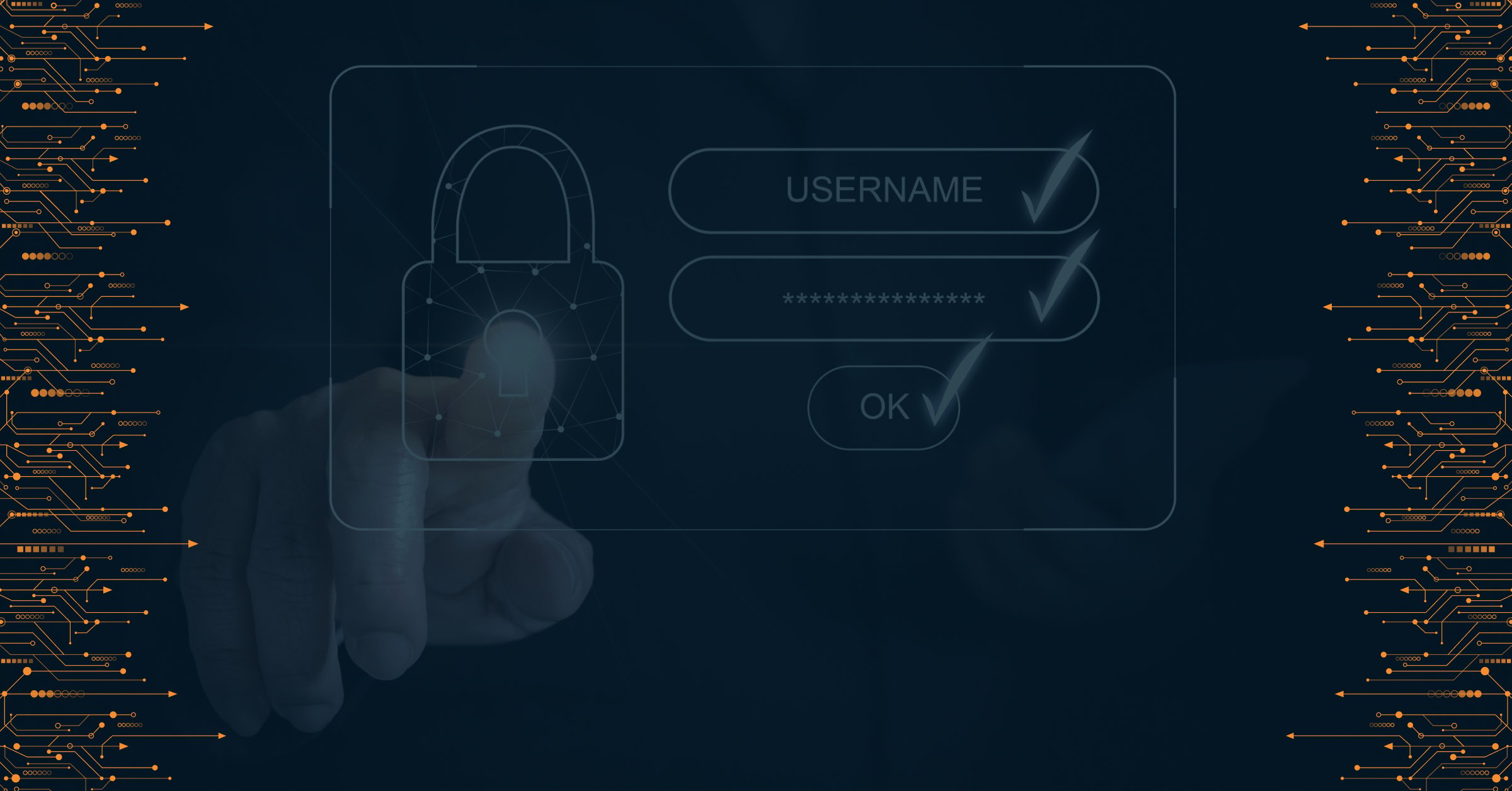Organizations face numerous cybersecurity threats, including sophisticated nation-state actors, malware, and phishing attempts, which they constantly struggle to defend against. Cybersecurity professionals use various strategies and approaches to safeguard their data and assets in response to these issues.
Incident response and threat hunting are essential elements of any successful cybersecurity operation. Their methodologies, goals, and timeliness vary, even though they both strive to improve security posture and mitigate risks.
Understanding Threat Hunting and Incident Response
Threat hunting and incident response are two distinct approaches to threat monitoring and mitigation. By implementing these techniques, an organization can be vigilant and proactive against cyberattacks, security lapses, and system vulnerabilities.
Although threat hunting and incident response both deal with the matter of cyberattacks, they have distinct definitions, methods, and goals for implementing cybersecurity in an organization.
Threat Hunting
Threat hunting is a cybersecurity activity that uses cutting-edge technologies and preventive strategies to look for and mitigate harmful behavior in an organization's information systems before they manifest. It operates under the presumption that attackers have already compromised the organization's vital systems or are planning to do so soon.
This presumption is based on the fact that these hackers have already found a way to avoid detection by current tools and methodologies, and they are planning to act on these vulnerabilities by deploying ransomware, entering the networks or stealing any sensitive data. Thus, it will take active measures to eliminate the threats. Threat hunting can be classified as a proactive approach to cybersecurity, focusing on precaution and early mitigation rather than dealing with consequences.
Incident Response
Incident response is a company's process of reacting to and handling a cyberattack. A hack or security breach can disrupt customer service, generate copyright concerns, drain company resources and time, and harm brand equity.
Reducing harm and quickly returning to normal are the goals of incident response. A clearly defined incident response plan can help reduce the impact of an attack and save costs and time in the wake of a security breach. However, unlike threat hunting, incident response falls under the reactive approach to cybersecurity, meaning handling the cyberattack after it has already occurred.
All cybersecurity systems benefit from incident response and threat hunting. Threat hunting guards against data theft and cyberattacks, and incident response assists companies in lessening the impact of those threats, although the attack has already occurred.
How Does Threat Hunting Differ from Incident Response?
Systems for responding to incidents are inherently reactive. An intrusion detection system or procedure usually sounds like a warning, and operators swarm the scene to eliminate the threat and minimize any damage. On the other hand, threat hunting is an active, intelligence-driven process that looks for and removes potential threats to critical systems within an organization or its network.
However, threat hunting is more than just detection; it's also a proactive and preventive strategy. When threat hunting can help an organization strengthen its security posture and harden its attack surfaces, eliminating problems before they start, it is at its most successful.
Threat hunting and detection drive system architecture and configuration changes, while solid incident response capability focuses on quick identification and problem resolution. This lowers the risk and strengthens incident response teams' defenses against new assaults.
The Importance of Incident Response and Threat Hunting in Cybersecurity
Developing a thorough cybersecurity program requires effective incident response and threat intelligence techniques. Organizations are more vulnerable to security breaches without these procedures, which can seriously harm their operations and reputation.
Cybersecurity lapses may result in lost data, monetary losses, legal ramifications, and harm to the company’s reputation. Proactive threat-hunting solutions can reduce risks and shield the company from unfavorable results.
Threat hunting entails proactively looking for risks that might have escaped notice from conventional security procedures. Analyzing data from several sources is a continual activity known as "threat hunting," which aims to find possible risks.
It is a crucial part of an all-encompassing cybersecurity program since it aids in detecting and mitigating threats by enterprises before they can do serious harm.
Conversely, the incident response process entails locating, containing, and eliminating security breaches and compromises. It is a procedure that aids businesses in reacting to security events in a timely and efficient manner. Investigating security incidents, determining the incident's primary cause, and putting precautions in place to stop future occurrences of the same kind are the duties of incident response teams.
Which Should You Pick: Incident Response or Threat Hunting?
Threat hunting vs incident response: Which is better for your organization? It all depends on your cybersecurity posture and unique demands. Assessing the existing state of your security infrastructure might help you find gaps that need to be filled.
Examine the scope of your IT setup and the types of data you manage. In today's threat landscape, proactive threat hunting and detection offer necessary protection if you handle sensitive data, and customer information, or work in a high-risk business. It can discover potential attacks and adversarial schemes that standard security controls might miss. Concentrating on effective incident response might be more feasible in case your firm is smaller and has fewer resources. However, it's good to keep in mind that dealing with the ramifications of a cyberattack can be way more costly than paying for adequate cybersecurity solutions.
Think about the knowledge that exists within your group. Because most threat detection involves certain skill sets, hiring expert individuals or training current staff may be necessary. Although incident response tends to rely more on reliable procedures and instruments, skilled personnel can still be beneficial.
Consider your financial limitations. While both strategies are worthwhile investments in security measures, appropriately spending cash according to priorities will guarantee the best outcomes in fortifying cyber defense systems for your company's operations. Nevertheless, it is hard to predict what might be the financial consequence of a cyberattack but given the systems and reputation have already been compromised, we are talking about far-reaching costs that can cause serious damage to your organization.
At the end of the day, having robust threat intelligence solutions in place can make the biggest difference to the overall security of your assets. Being in the proactive stage gives you more power to take the situation into your hands, rather than solely dealing with repercussions.
What Role Does Threat Hunting Play in Enhancing Incident Response?
Incident response and threat-hunting methodologies are reactive and proactive, respectively. Organizations can apply security measures to achieve cyber resilience by creating a strong and resilient cybersecurity posture.
Threat hunting is a valuable tool to minimize the need for incident response in several ways, as it involves identifying potential threat variables that could compromise an organization's cybersecurity posture.
When a threat-hunting tool finds something harmful or a potential network vulnerability, it gives the organization additional valuable time to deal with the situation beforehand.
A company can create a strong and pertinent incident response strategy using data from a threat-hunting program or threat intelligence platform.
The Bottom Line
Organizations may protect their systems and networks from security intrusions by implementing incident response and threat hunting. Companies should assess their security threats, budget, and resources for the best solution.
The proactive approach of threat hunting and mapping out the adversarial infrastructures as reinforced by the U.S.T.A. threat intelligence platform can enhance the cyber resilience of any company, enabling the identification and mitigation of potential cyber threats far in advance.

PRODAFT Team
Stay up to date
Browse Posts
Browse by topics
- Cybercrime awareness (15)
- Cybersecurity for Businesses (10)
- Risk management (7)
- Cybersecurity Tips (6)
- Digital safety (6)
- Proactive Threat Intelligence (6)
- Cyber threat protection (5)
- Cyberattacks (5)
- Risk intelligence (5)
- Threat Prevention (5)
- Data Protection (4)
- Network Security (4)
- Phishing (4)
- Supply chain risks (4)
- TTPs (4)
- Artificial intelligence (3)
- Critical network infrastructures (3)
- Malicious websites (3)
- Malware (3)
- Social engineering (3)
- Data breaches (2)
- Insider Threats (2)
- NIS2 Directive (2)
- Ransomware (2)
- CISOs (1)
- Cryptocurrencies (1)
- Cyber espionage (1)
- Cyber extortion (1)
- Cyber fraud (1)
- Cybersecurity Collaboration (1)
- DDoS Attacks (1)
- Deepfakes (1)
- DoS Attacks (1)
- Fake social media (1)
- Incident Response (1)
- Internet of things (1)
- Money Laundering (1)
- Multi-factor authentication (1)
- One-day vulnerability (1)
- Remote Work (1)
- Stealers (1)
- SystemBC (1)
- The Cyber kill chain (1)
- Threat Intelligence solutions (1)
- Tor browser (1)
- Traffic Distribution System (1)
- Zero-day vulnerability (1)
- dark web (1)
- deep web (1)
- keyloggers (1)
- social media (1)
- spoofing (1)
- threat detection (1)














![What EU Businesses Need to Know to Ensure Efficient Compliance with The NIS2 Directive? [Part 1]](https://resources.prodaft.com/hubfs/Europian%201.jpg)




![Compliance with the NIS2 Directive: What Can EU Businesses Do? [Part 2]](https://resources.prodaft.com/hubfs/Europian%202.jpg)
